Military Knowledge: Vikhr Air-To-Ground Missile
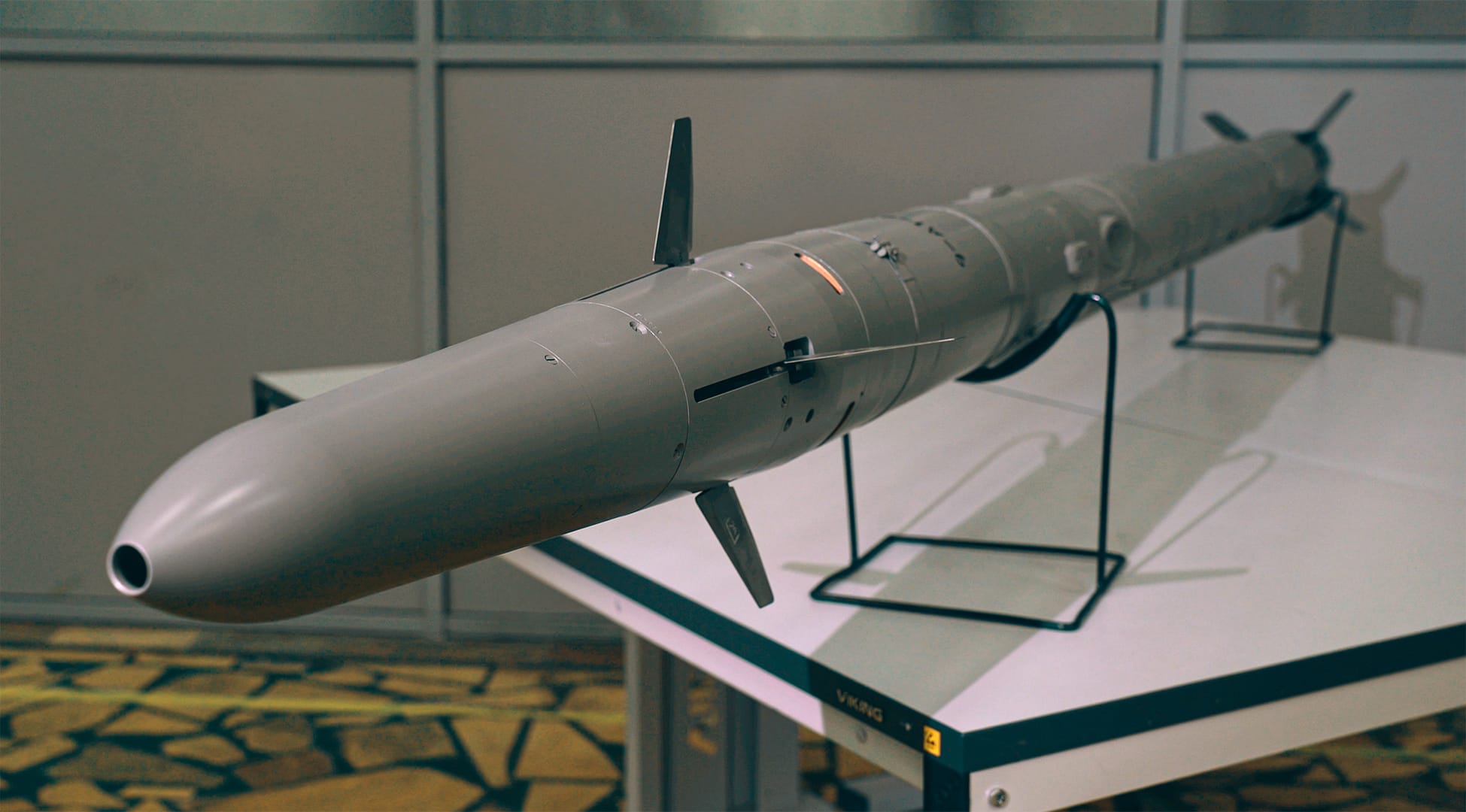
Vikhr missile (9K121 Vikhr) is a Russian short-range anti-armor air-to-surface missile that is used against various armored targets. The missile can be launched from warships, Ka-50 and Ka-52 helicopters, and Su-25T aircraft.
The Vikhr (whirlwind) missile was designed and developed in the Soviet Union in the 1980s to replace the 9K114 Shturm (AT-6 Spiral) missile by the “KBP” Instrument Design Bureau. This missile was able to deal with western tanks of its time such as Abrams and Leopard and conventional explosive reactive armor.
The Vikhr missile was first publicly displayed at the Farnborough Airshow in 1992. This missile was used in the early 2000s on the Su-25T close air support fighter and the Ka-50 Black Shark helicopter.
Vikher missiles are fired from APU-6 and APU-8 launchers. APU-6 rack supports 6 missiles and is used in Ka-50 helicopters. The APU-8 rack supports 8 missiles and is used in the Su-25T fighter.
The 9K121 Vikhr missile has a maximum range of 8 km if fired from a helicopter, and if fired by a fighter, its range is 5 km at night and 10 km during the day.
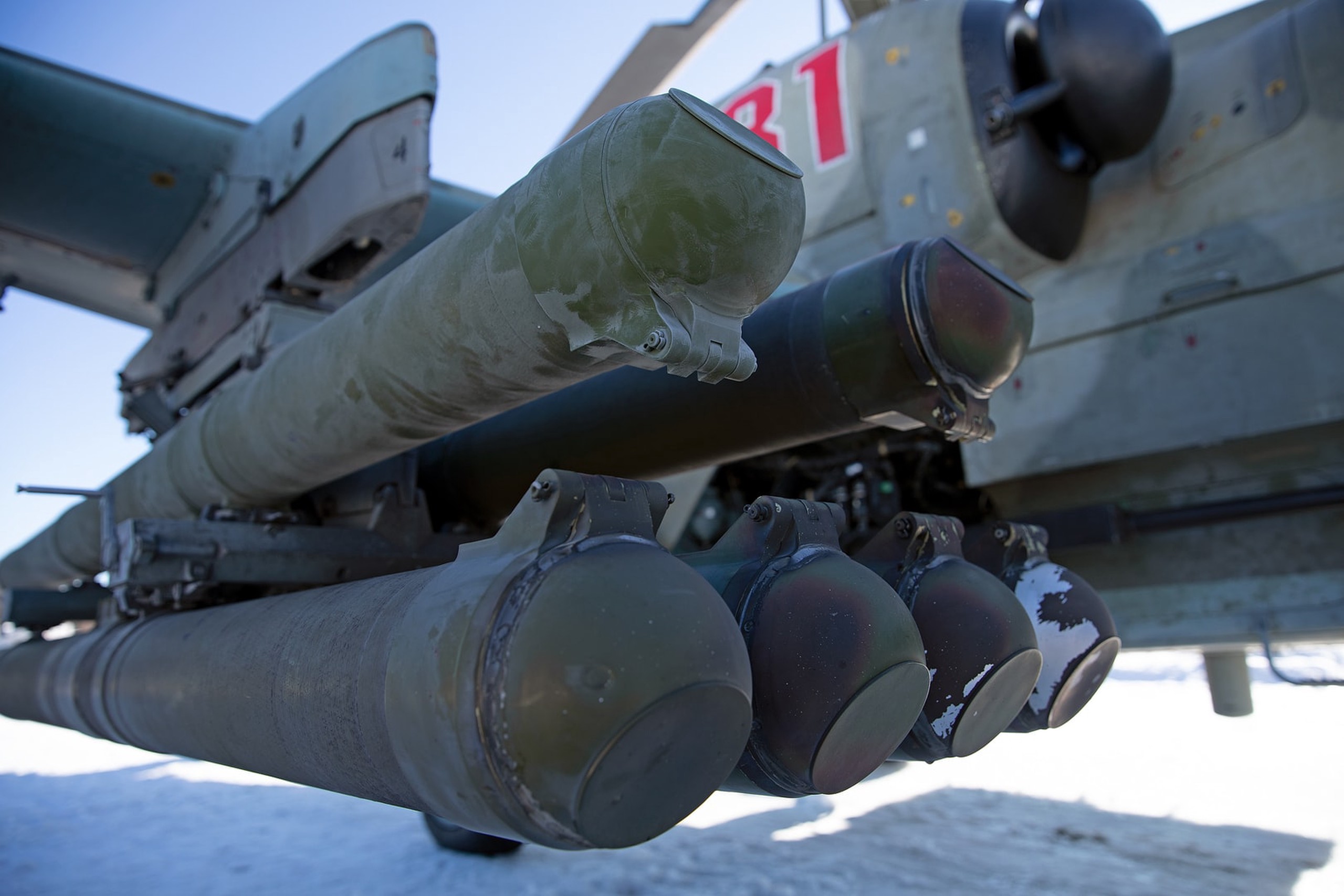
The missile is placed in a pod, the front hatch of the pod is opened before firing, and the rear hatch is removed by the crew during loading. The 9K121 Vikhr missile has wings in the front part that fold into the body, and the missile engine is located in the middle part of the body. At the end of the missile, there are control fins that are folded to the side and gathered around the missile. This missile rotates around its longitudinal axis during flight.
First, the target is marked by a helicopter or fighter or by a laser beam, then the missile receives the beam reflected from the target and moves towards it using a laser detector placed at its tip.
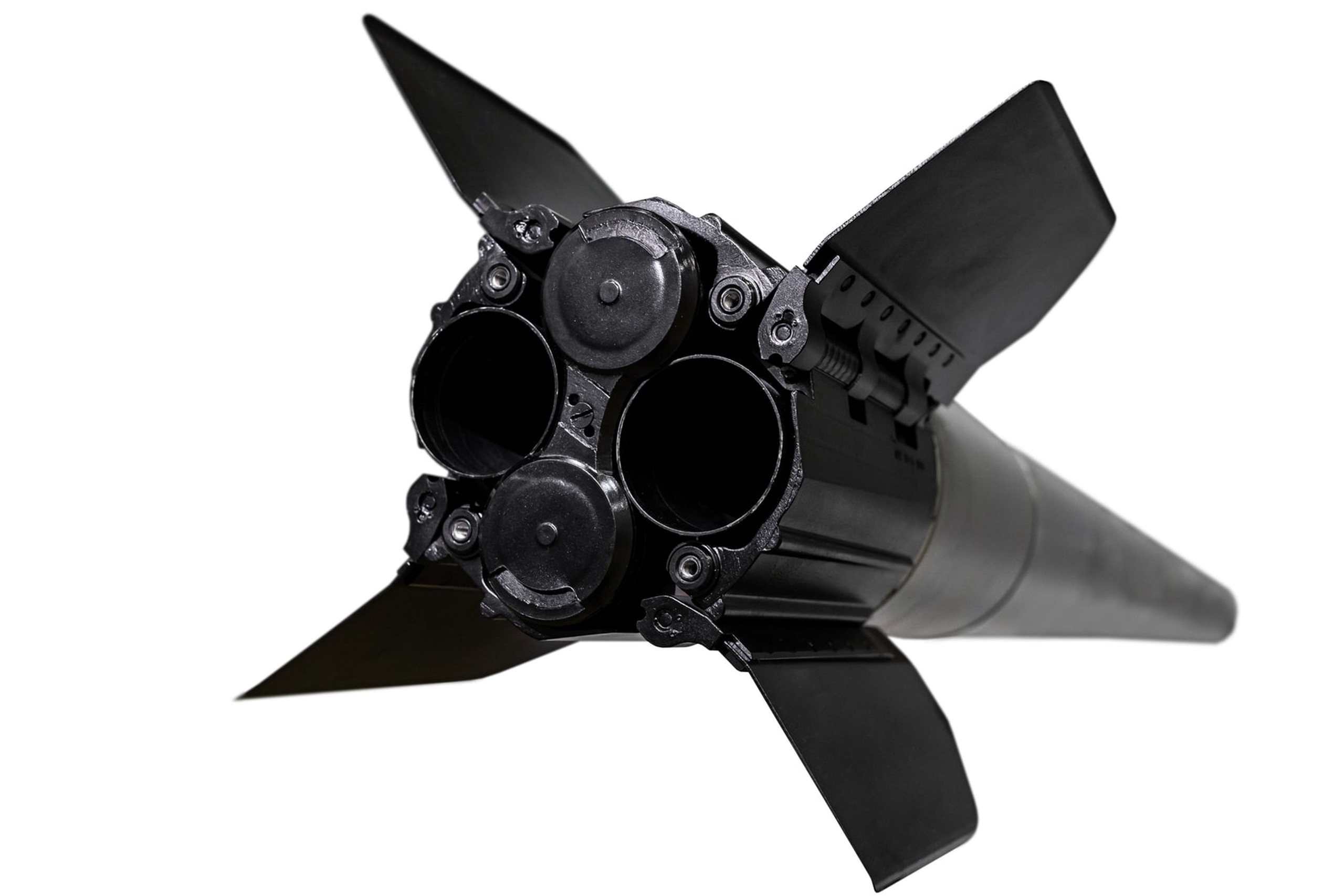
A picture of the end part of the Vikhr missile
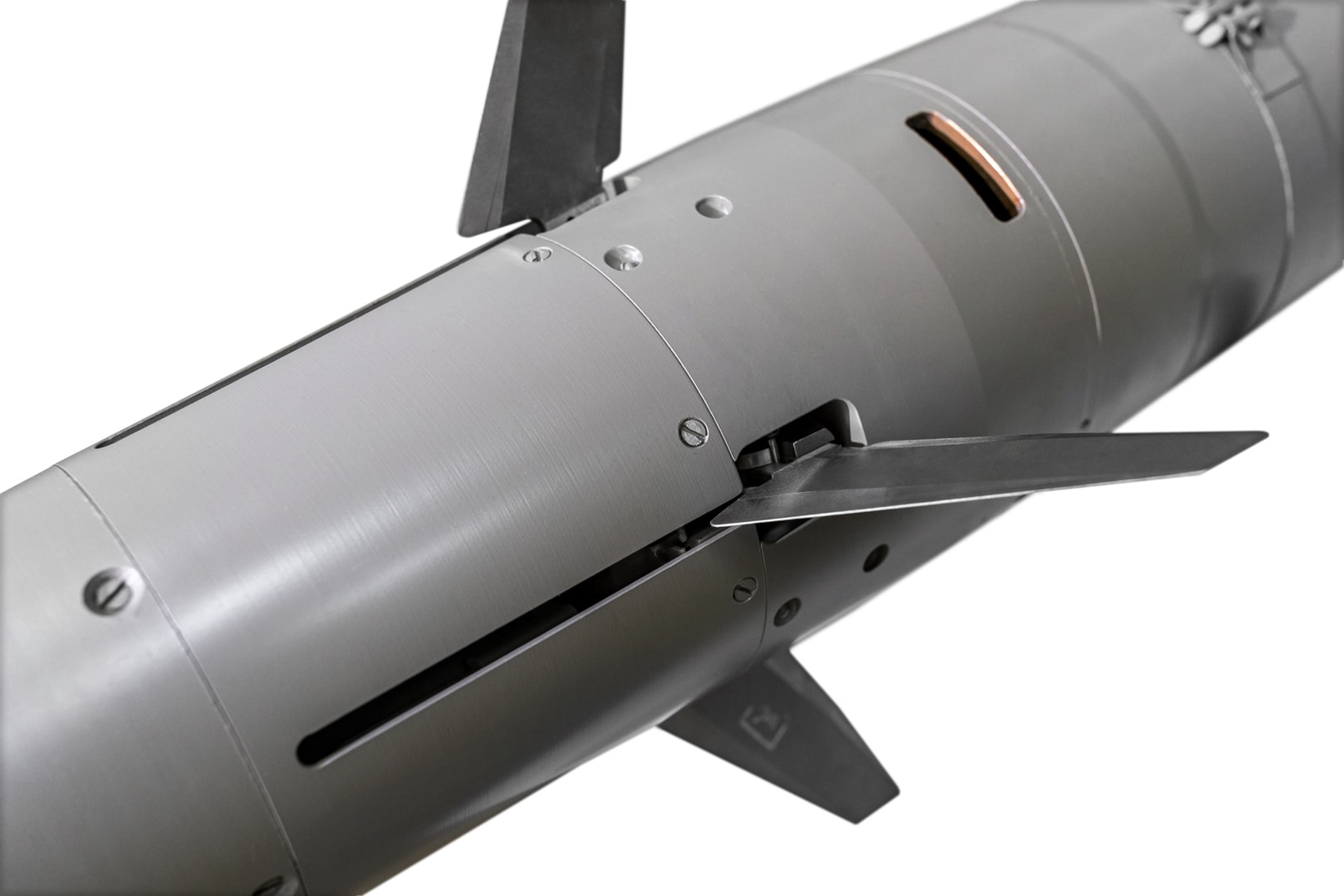
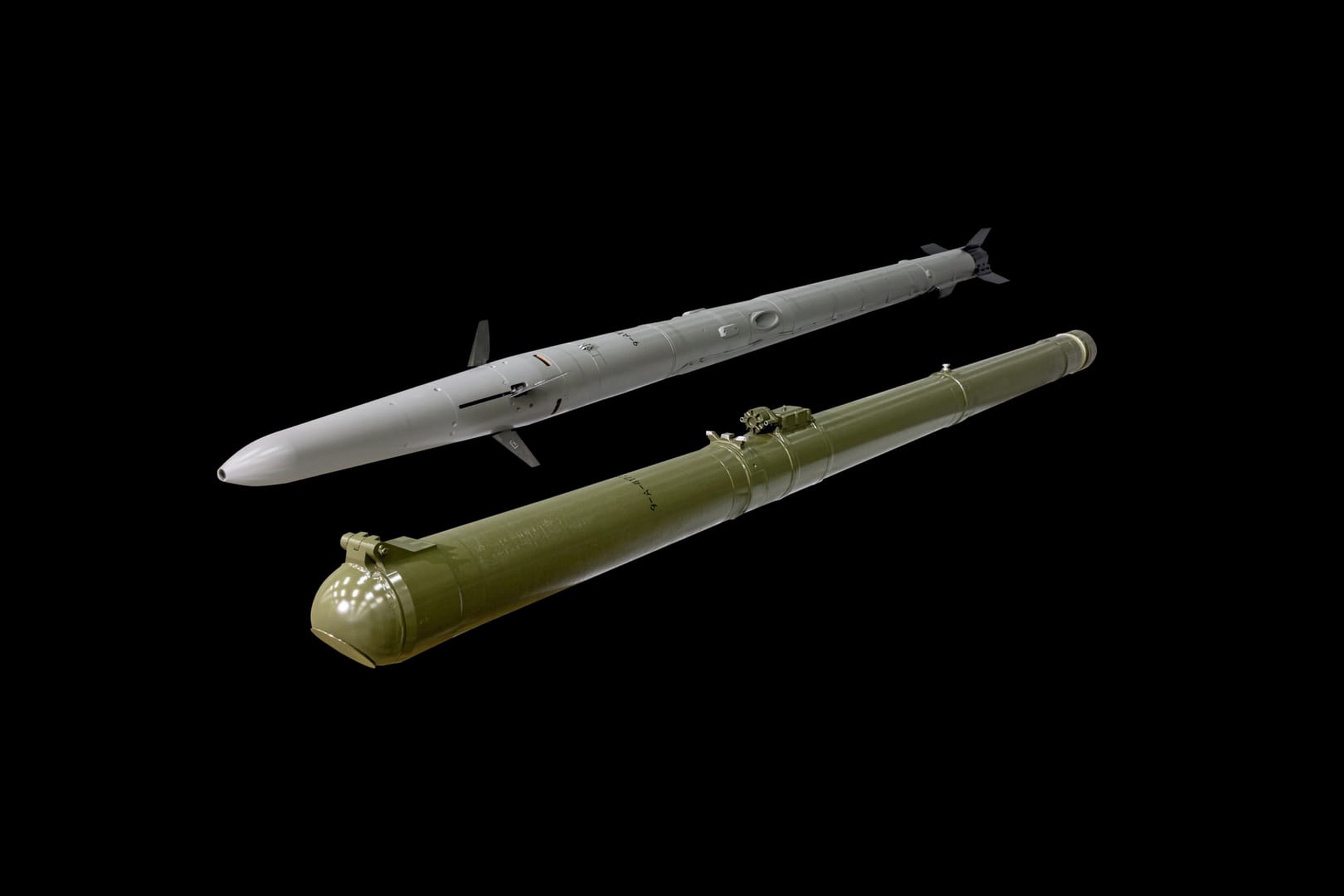
Vikhr missile uses a two-stage warhead to pass through reactive armor and also uses two types of impact and proximity fuses. This design allows the use of missiles on different platforms. Vikhr’s proximity sensor allows it to detonate and engage within 5 meters of an air target moving at a maximum speed of 500 meters per second. This versatility is a differentiating point compared to the 9M120 Ataka missile, which is sometimes confused with the Vikhr missile.
The high supersonic speed of this missile (up to 610 m/s) reduces the vulnerability of the helicopter during attack and allows it to engage several targets in a short period of time. The Vikhr missile travels a distance of 4 kilometers in 9 seconds.
Vikhr-1 missile:
The Vikhr-1 missile is an improved version of the Vikhr missile manufactured by the Kalashnikov company. In 2013, the Russian Ministry of Defense signed a contract worth 13 billion rubles with the Kalashnikov company for the production of Vikhr-1. Delivery of orders began in 2015 and ended in 2016. This contract was considered the biggest government contract for Kalashnikov at that time.
Vikhr-K missile:
The Vikhr-K missile is the naval version of the Vikhr missile. This missile can be used against light sea targets such as fast boats and low-speed air targets up to a range of 10 km.
9K121 Vikhr specifications:
Manufacturer: KBP Instrument Design Bureau
Origin: Russia
Weight: 45 kg
Length: 2.8 meters
Diameter: 130 mm
Warhead weight: 8-12 kg
Maximum penetration in rolled steel: 1000 mm
Maximum speed: 600 meters per second

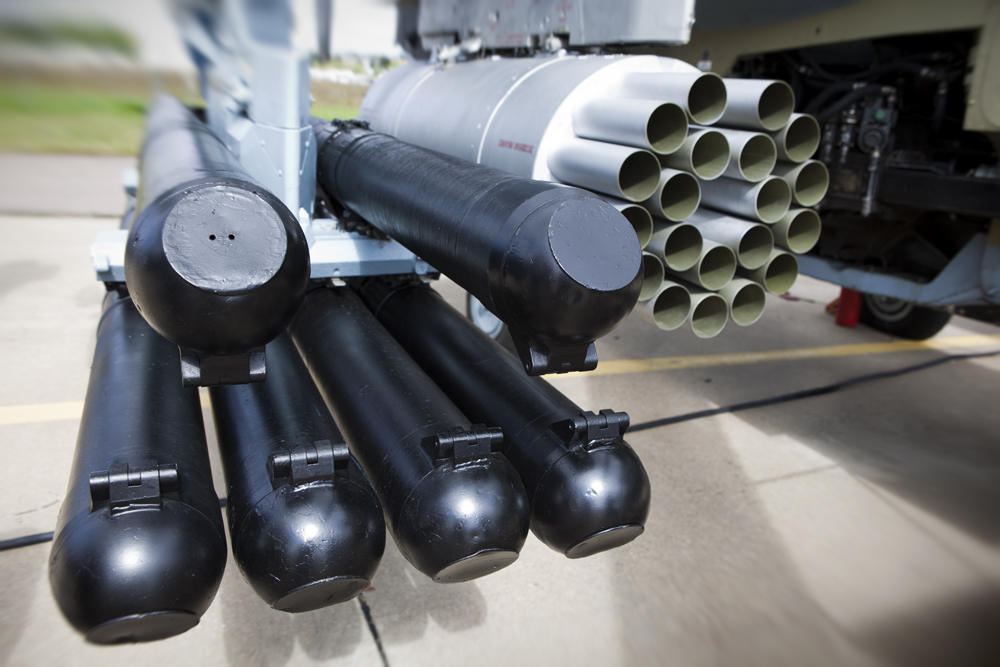

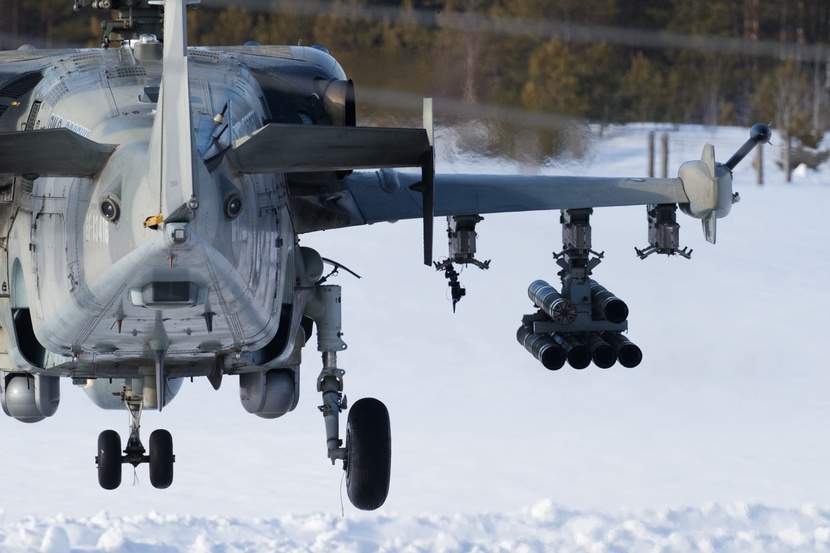
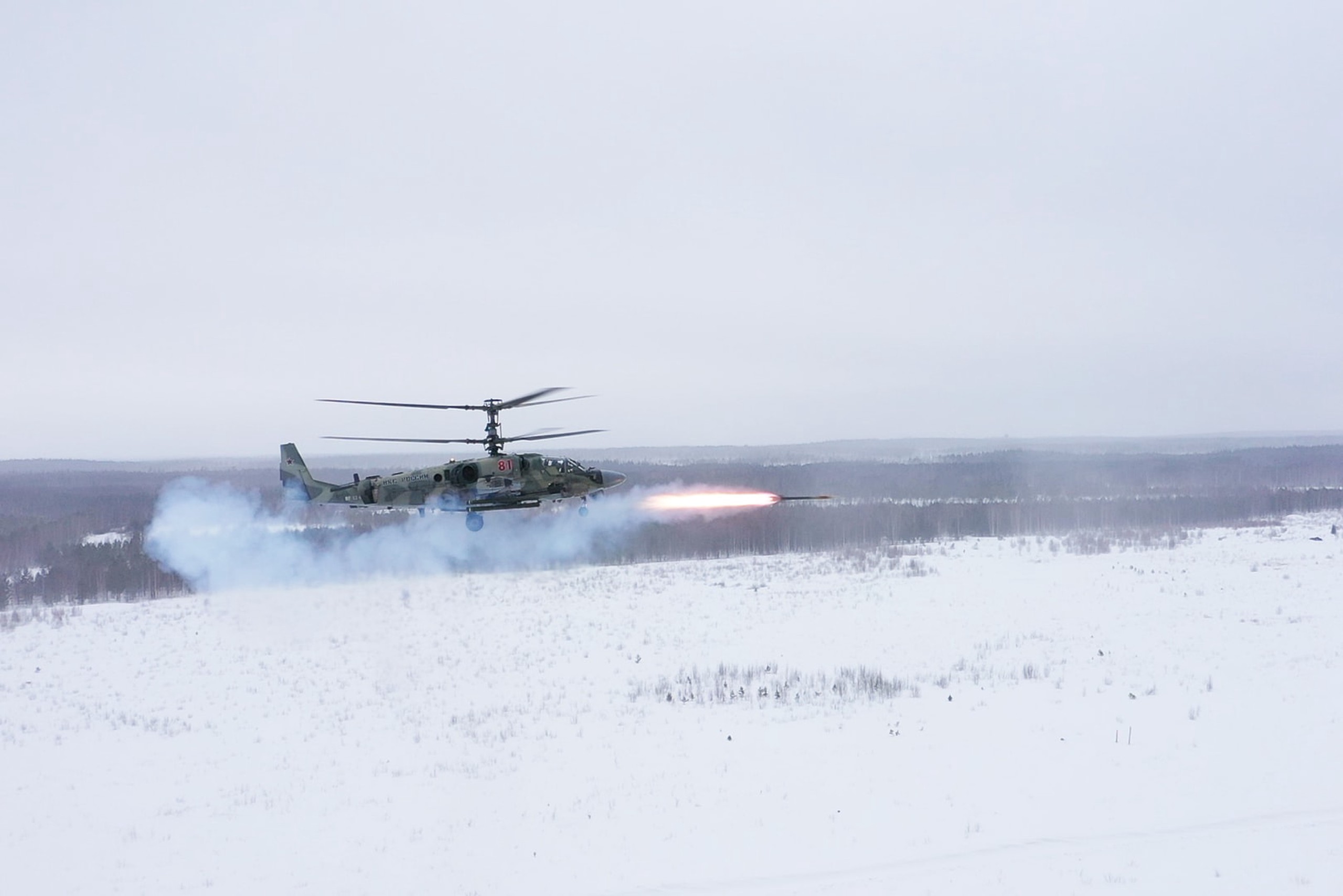
Source:
9K121 Vikhr
AT-16 Scallion /9M120 / 9K121 Ataka-V “Whirlwind” Vikhr-M
With VIKRH in reality
«Ижмаш» будет участвовать в тендере на производство управляемых ракет «Вихрь-1»

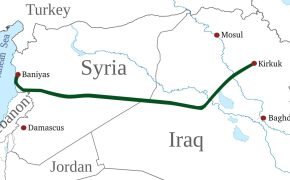


Comment